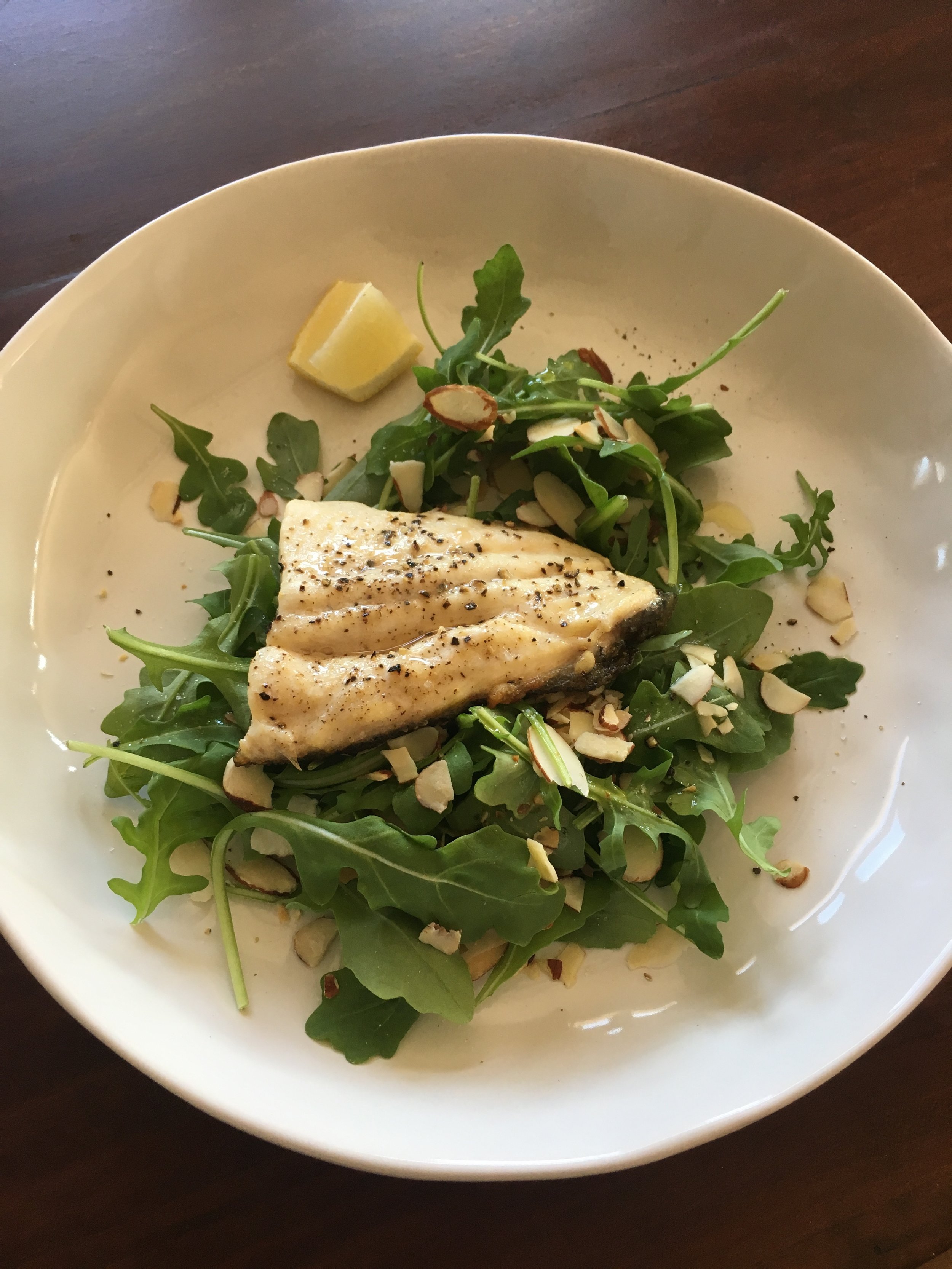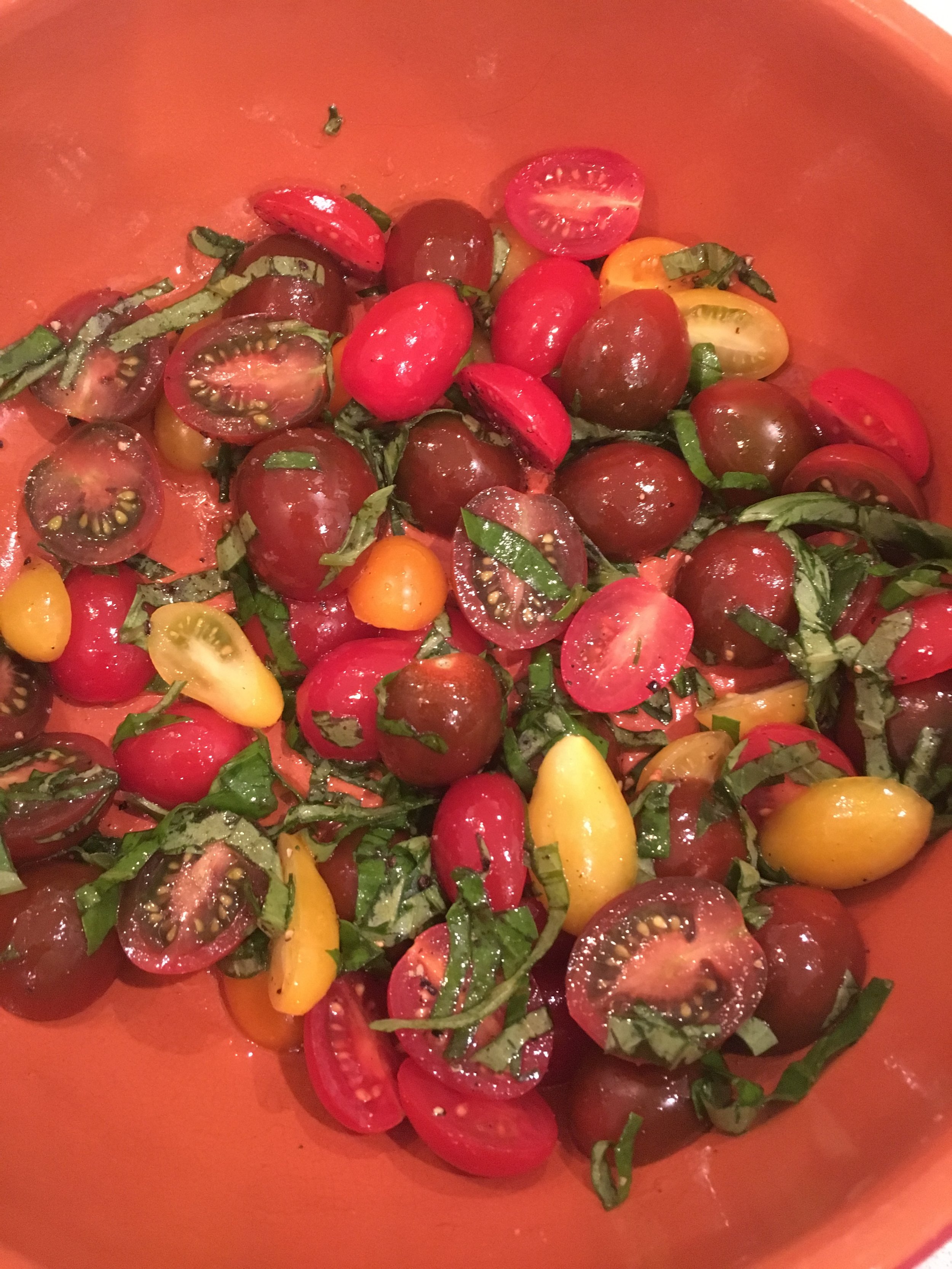Julian competes in the 77kg weight class / 45-49 age group. He was first in snatch, third in clean and jerk, and third overall.
Snatch
https://youtu.be/7dt8r6XJBa0
Clean & Jerk
https://youtu.be/Uz_LuPnknKI
Wall Street Journal - Dan Kunitz
Last year, Martha “Mattie” Rogers became the face of weightlifting’s resurgence in the U.S. by posting a video to Twitter. In it she hoists a heavy barbell above her head, loses control of it and watches as it rolls away—with Ms. Rogers in slapstick pursuit, arms waving—and smashes through the front window of her gym. The unexpected combination of a young woman tossing around a barbell that few men could manage and then shattering glass with it sent the clip into the viral stratosphere.
But Ms. Rogers isn’t just a social media star with a pretty face. She is an example of a species once thought to be all but extinct in this country: a world-class lifter. She owns all the American records in her weight class and, in a first for her sport, was included this year on the Sports Illustrated list of Fittest 50 females.
On November 28, Ms. Rogers will compete at the World Weightlifting Championships in Anaheim, Calif., as part of what is arguably the finest American team in generations. It includes Sarah Robles, who earned a bronze medal at the 2016 Olympics; Colin Burns, a gold medalist at the Pan Am Games this past summer; and 16-year-old C.J. Cummings, the current reigning youth world champion in his weight class and the first American in more than 40 years to set a senior division world record (weighing only 152 lbs., he lifted more than 407 lbs. over his head).
Although no American men have won gold at the World Championships since 1969 and no female since 1997, this year’s team represents the best chance in generations to beat perennial favorites such as Columbia, Iran, South Korea and Georgia. That some nine countries—including powerhouses Russia, China and Kazakhstan—were banned from competition this year because of repeated doping violations won’t hurt the Americans’ chances either.
American teams have suffered in international competitions because, historically, weightlifting has not been popular in the U.S. In fact, few people can distinguish it from the two sports it is often confused with: bodybuilding, which entails lifting weights to enhance the size and appearance of muscles, and powerlifting, which consists of the squat, deadlift and bench press. In Anaheim, the competition will consist exclusively of the two weightlifting events featured in the Olympics: the snatch and the clean-and-jerk. In both events, you hoist a weighted barbell from the ground to overhead—but nothing so seemingly simple can be as maddeningly complex.
The snatch occurs as a single continuous movement. You take a wide grip on the bar and propel the weight upwards with your legs by standing violently. At the top of the bar’s trajectory, about chest height, you quickly reverse direction, dropping under the bar to catch it in a full squat, with your arms locked overhead, and then you stand.
The clean-and-jerk, as its name implies, involves two actions. For the clean, you take a shoulder-width grip on the barbell and stand powerfully, again using your legs to drive the bar upward to about chest height, at which point you drop under it, catching the bar on your shoulders before standing. In order to get the barbell over your head—that is, to jerk it—you dip straight down and, again using your legs, push skyward to get the bar moving up. You then quickly split your legs forward and back so as to catch the barbell at its apex, lock your arms and stand with the weight over your head.
Like Ms. Rogers and most of today lifters, I learned the snatch and clean-and-jerk through Crossfit, which, any coach or athlete will tell you, has been the single most important force in popularizing the sport. Between the 2012 and 2016 Olympic Games, membership in USA Weightlifting (USAW) more than doubled, from some 11,000 to over 26,000, and it has continued to grow since. But those numbers only account for people actively competing at local and national meets. Because of Crossfit, which incorporates the lifts, many hundreds of thousands of others now engage in weightlifting as part of their exercise routine.
More recently weightlifting has spilled out beyond the Crossfit world. Ms. Rogers’s coach, Danny Camargo, teaches certification courses for the USAW and has seen an influx of personal trainers and strength-and-conditioning coaches. “That tells you their clientele are beginning to ask about weightlifting,” he says. Indeed, to meet demand, large franchise gyms such as Lifetime Fitness and Equinox have begun installing weightlifting equipment in their facilities.
Still, few gym-goers will ever attempt a snatch or clean-and-jerk on a platform in front of judges. They lift because practicing such highly athletic movements confers enormous fitness benefits, no matter how good you are at them. Nor do you need to be young to begin. I took up weightlifting in my forties and regularly train alongside people who started in their fifties and sixties.
In fact, the lifts target the very things that tend to degrade with age. Most obviously, they improve your strength, particularly in the legs (leg strength being a prime predictor of longevity, followed closely by overall muscle mass) and core, by which I mean everything between shoulders and hips, not just your abs. But weightlifting also greatly improves flexibility, balance, stability and overall motor control. And, as with dance, the snatch and clean-and-jerk demand continuous neuromuscular interaction. You’re constantly learning how to move better, so, doing it sharpens mental acuity while getting you jacked.
Isn’t jumping under heavy weights dangerous? Not as much as you might think. All exercise carries some risk, and if you engage in it regularly, you will eventually hurt something. In weightlifting, that usually means a sore wrist or elbow. But the rate of acute or chronic injury from weightlifting is quite low—lower, for instance, than for running.
Also, the hazards of concussion and permanent brain injury are virtually absent in weightlifting as compared with football and even soccer. As parents come to realize that lifting will make their children healthier, rather than imperil their future, it should bode well for the expansion of the sport.
So, too, should the decline of television. Weightlifting has never thrived on the networks, but, as Ms. Rogers’s Instagram 475,000 followers suggest, it’s a smash hit on social media. Instagram and Facebook not only highlight weightlifting’s elegance and explosiveness, they allow you to share a single particularly spectacular lift and watch it repeatedly. Social media also inserts the fan into the athlete’s story, letting us follow our favorites as they train, warm up before taking the platform and react backstage to a failed or made lift.
Being able to plug in to weightlifting at any odd moment, combined with the rising number of people actually doing the lifts, has caused its audience to ripple outward in expanding waves. Those who take a few minutes to tune into the World Weightlifting Championships next week—they’re not on TV, only streamed live on the internet—may just be inspired to pick up a barbell themselves.
Mr. Kunitz is the author of “Lift: Fitness Culture, From Naked Greeks and Acrobats to Jazzercise and Ninja Warriors."














